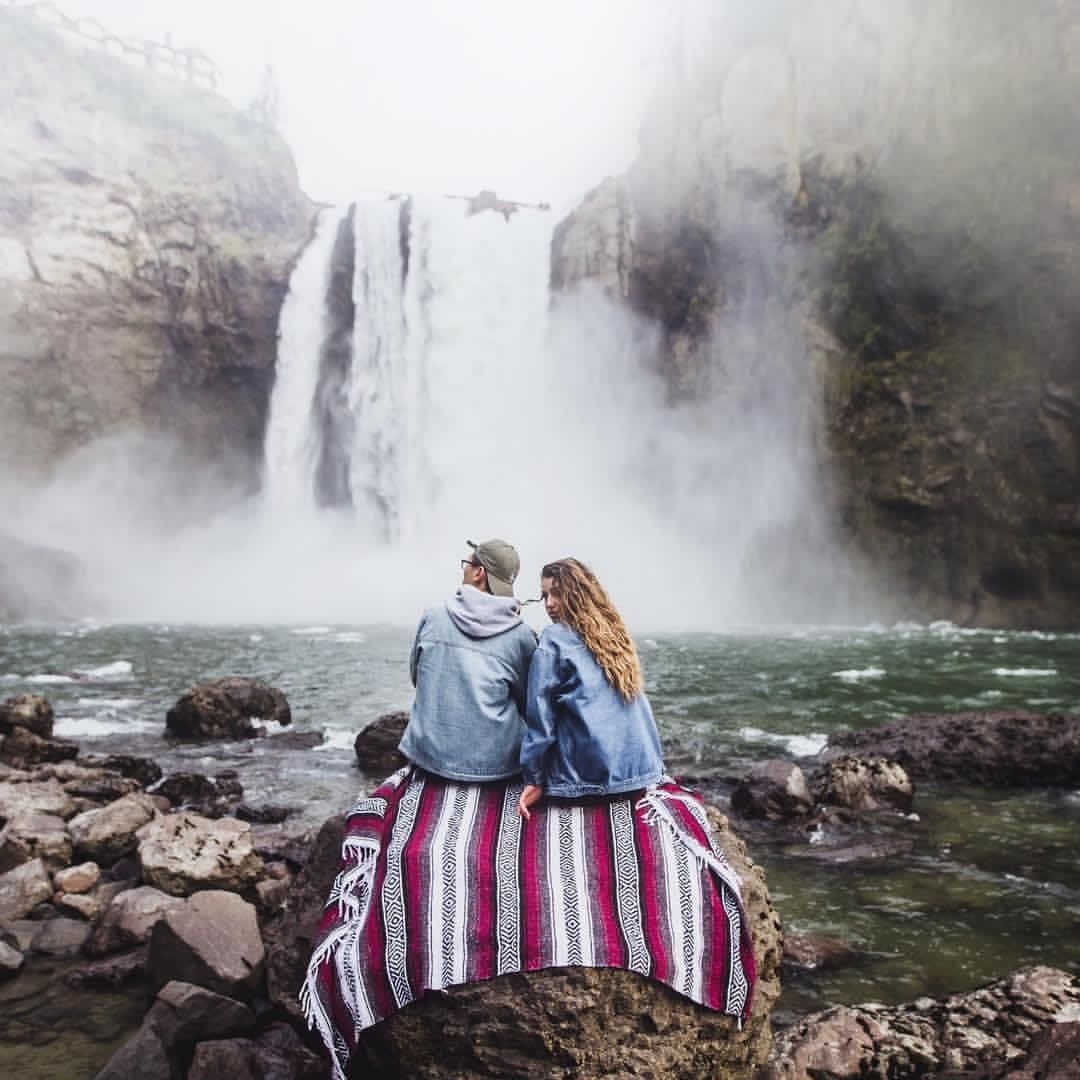Come join me as we take a short journey through the geographical facts of India. Let’s together discover some of the amazing wonders of this incredible country that has beguiled and awed travelers for centuries. It is a land of huge cities, vast open plains, stunning coastlines, huge rivers, mangrove forests and imposing mountains, but just what are the key geographical facts of India? Read on.
Snapshot Survey
Thanks for sharing your thoughts!
Please subscribe for your personalized newsletter:
Successfully subscribed!
Thank you for subscribing! Check your inbox for personalized content.
1. Tallest Mountain in India
This first of our geographical facts of India takes us to the third highest mountain in the world. With an elevation of 8,586 meters, ‘Kangchenjunga’ is known as The Five Treasure of Snows. It acquired this name from the five peaks which make up the mammoth mountain. Travelers know this mountain well for its fantastic views over Darjeeling hill station from its position on the India/Nepal border.
2. The Longest River in India
For followers of the Hindu religion the longest river in India, known as the Ganges, is a sacred body of water. This rushing river crossing 2,510km of India from the western Himalayas to Uttarakhand state cleanses people of their sins. The holy towns of Varanasi, Haridwar, and Allahabad are three places where Hindus from all over the world flock to attain salvation. Scientific studies on the water have also revealed it retains oxygen extremely well, which is where many of its health benefits come from.
Snapshot Survey
Thanks for sharing your thoughts!
Please subscribe for your personalized newsletter:
Successfully subscribed!
Thank you for subscribing! Check your inbox for personalized content.
3. Largest Waterfall in India
Niagara Falls isn’t the only spectacular waterfall in the world. Chitrakot can challenge it in terms of size. Based just 28km to the west of the city of Jagdalpur, this horse-shoe shaped waterfall tumbles into a cavern 100 feet below. It’s over 1,000 feet wide during the monsoon season between July and October, so it’s always worth visiting just to see this unmissable sight.
4. Largest Glacier in India
Some would be shocked at one of the geographical facts of India including a glacier. But Siachen is actually the second-longest glacier in the whole of the world’s non-polar areas. Known as the ‘place of wild roses,’ the glacier is located on the eastern Karakoram range, in the Himalayas. The glacier also serves as a historical site, with it holding the record for being the highest battleground in the world. Interested tourists should visit quickly as it’s receded by 35% in the past twenty years alone due to global warming and military activity.
5. Coldest Place in India
For the coldest place in India, pay a visit to Drass in the west of Ladakh state. It’s a place for climbers and trekkers looking to enter the Suru Valley in the summer, but in the winter temperatures drop to -45 degrees Celsius. Due to its high altitude of 3230m, any unfortunate wanderers caught out in the cold have a high chance of freezing to death. Just make sure you take a coat! On a side note, this area also holds the honor of being the second coldest place in the world where humans live; narrowly losing out to Siberia.
Gallery Spotlight
Save and share the images that inspire you. Tag @allwomenstalk to get featured.
Save
6. Wettest Place in India
By a long way, the wettest place in India is Cherrapunji. As well as being one of the most interesting facts of Indian geography, it’s also a world record holder for being the wettest place on earth. It receives a massive 1200cm of rainfall every year. It’s no surprise, though, considering it’s situated in close proximity to places like Shillong, which is in one of the heaviest rain-belts on the planet. Currently, it’s fighting with the nearby village of Mawsynram, which claims it’s actually the wettest place in the world. Scientists do question the validity of its claim, however, due to the lack of any formal meteorological office in the area. Readings are actually in control of the Meghalaya Public Works Department instead.
7. Longest Beach in India
The longest beach in India, and second longest beach in the world, is Marina Beach. It’s a natural urban beach stretching for 8.1 miles (13km). It’s sandy with short rock formations in some areas, most of the way across its 300m in width. Marine Beach attracts thousands of tourists each year. With Chennai being such an integral part of India’s tourist powerhouse, visitors can find the beach packed with 50,000 people during the summer weekends. Unfortunately, the violent undercurrents in the water means it’s illegal to swim or bathe in the water. Of course, people can still paddle, but go in too far and you’re breaking the law.
It is not often the geographical facts of India that calls to travelers but as you can see, the natural features of the country are as interesting and fascinating as its people and culture. Have you visited any of these amazing geographical features?
Snapshot Survey
Thanks for sharing your thoughts!
Please subscribe for your personalized newsletter:
Successfully subscribed!
Thank you for subscribing! Check your inbox for personalized content.
Comments

Don't Miss the Latest Version
Get the latest stories, save favorites, and share with friends — all in one place.
Create your profile. Earn badges. Level up your reading.
Join Allwomenstalk to track your streaks, collect badges, and earn XP for the things you already do—reading, sharing, and taking quizzes.
- 🔥Daily streaks with gentle boosts for 3, 7, and 30 days.
- 🏅Collect badges like Reader I–III, Socialite, and Quiz Ace.
- ⚡️Earn XP for reads, deep reads, likes, comments, and shares.
It’s free. Takes 30 seconds. Already have an account? Sign in.




Feedback Junction
Where Thoughts and Opinions Converge